Mastodon Tusk Marked by Human-Made Tools (Photos)
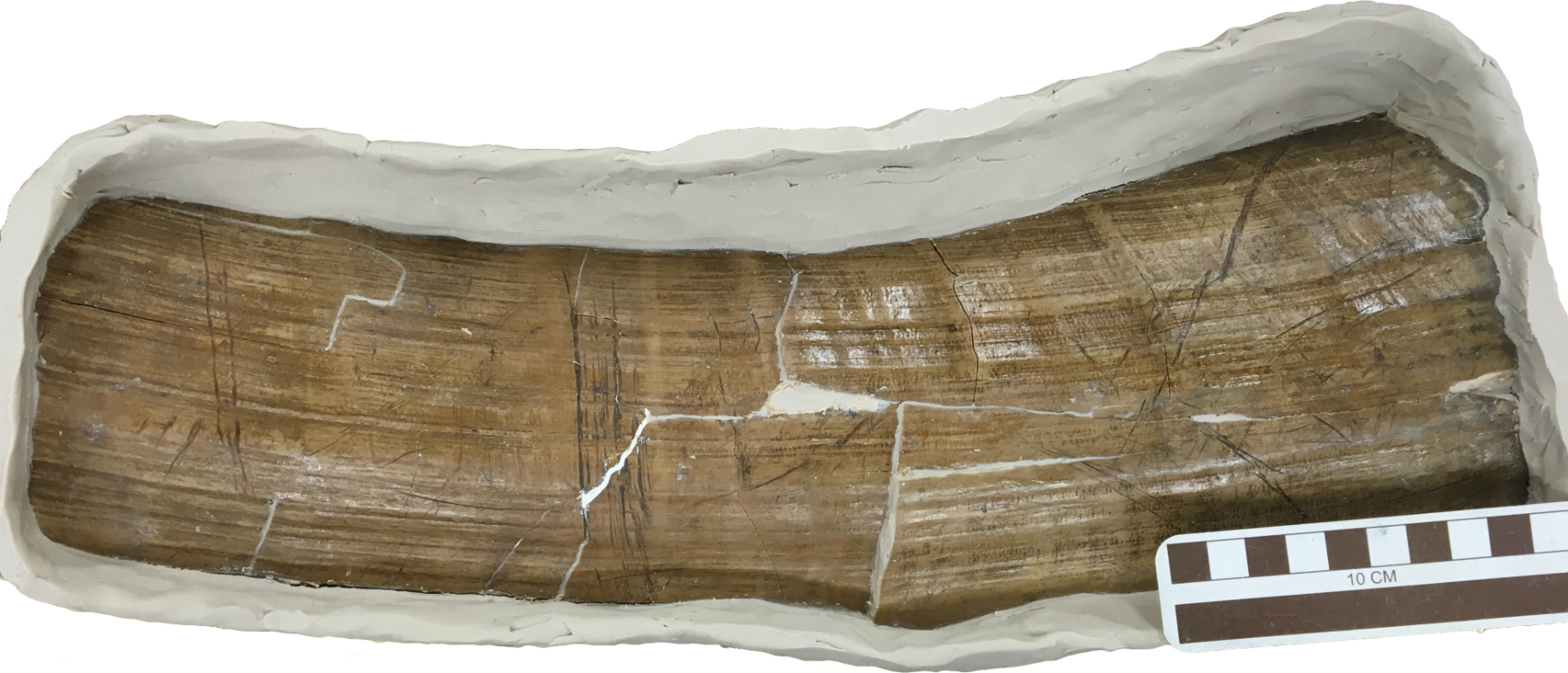
Mastodon tusk partly reassembled
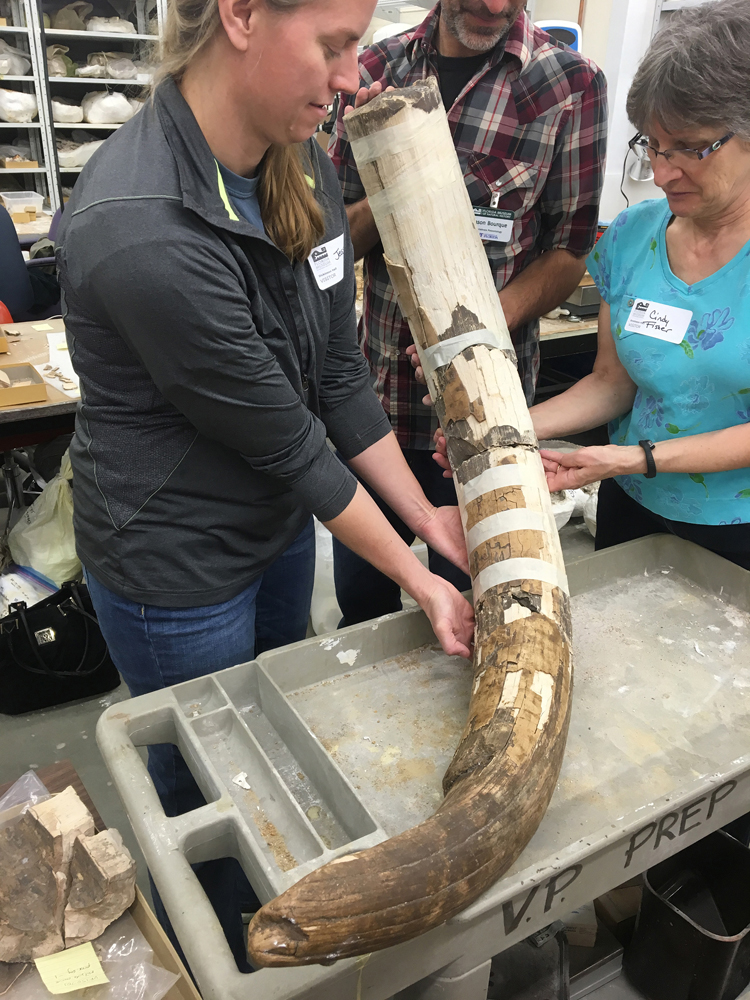
Partly reassembled mastodon tusk from the Page-Ladson site in northwestern Florida. Curvature and size show this is an upper left tusk of a mature male mastodon. Tusk pieces held in place by Jessi Halligan of Florida State University (left), with assistance from Jason Bourque of the Florida Museum of Natural History and Cynthia Darling-Fisher of the University of Michigan.
Transverse cut marks on mastodon tusk

Closeup of an epoxy cast of transverse cut marks on the base of the Page-Ladson mastodon tusk. Diagonal feature is a fracture through the outer layer.
Section of upper outer surface of mastodon tusk
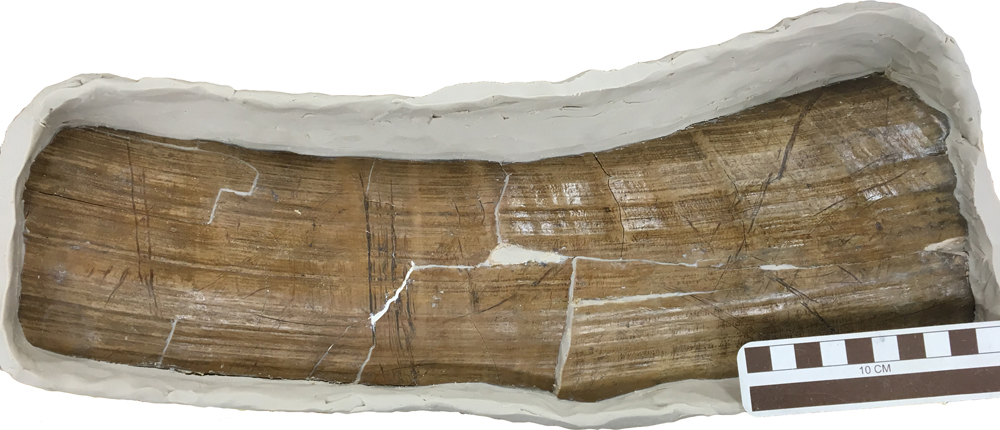
Part of the upper, outer surface of the tusk base, surrounded by modeling clay in preparation for pouring a silicone mold. At center-left is a group of deep, parallel, transverse marks made with a stone tool as part of the tusk removal process. Diagonal marks to the left and right of cut marks were made by bone fragments caught in the space between the tusk surface and the alveolar bone, when the tusk was rotated back and forth while attempting to withdraw it from the socket.
Search party in waiting

Surface boats and screens at the Page-Ladson excavation site, which is 26 feet underwater in a sinkhole in the Florida's Aucilla River, not far from Tallahassee.
Divers reemerge
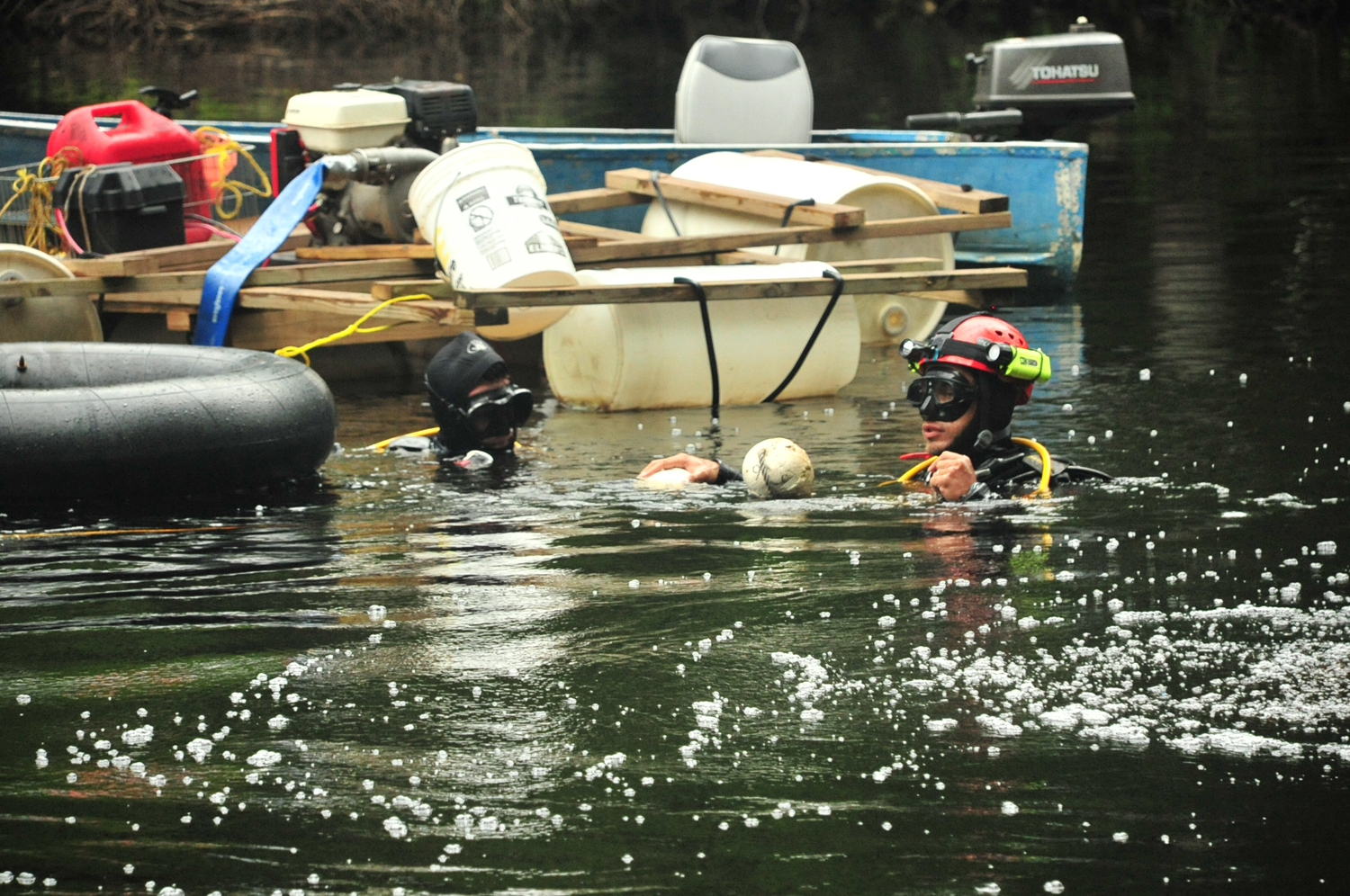
Divers coming to the surface at the underwater Page-Ladson excavation site in Florida.
Excavation site

General site picture of the Page-Ladson underwater excavation site in Florida.
Ancient knife

A 12,600-year-old stone knife found at the Page-Ladson site in Florida.
Get the world’s most fascinating discoveries delivered straight to your inbox.
Underwater excavation site
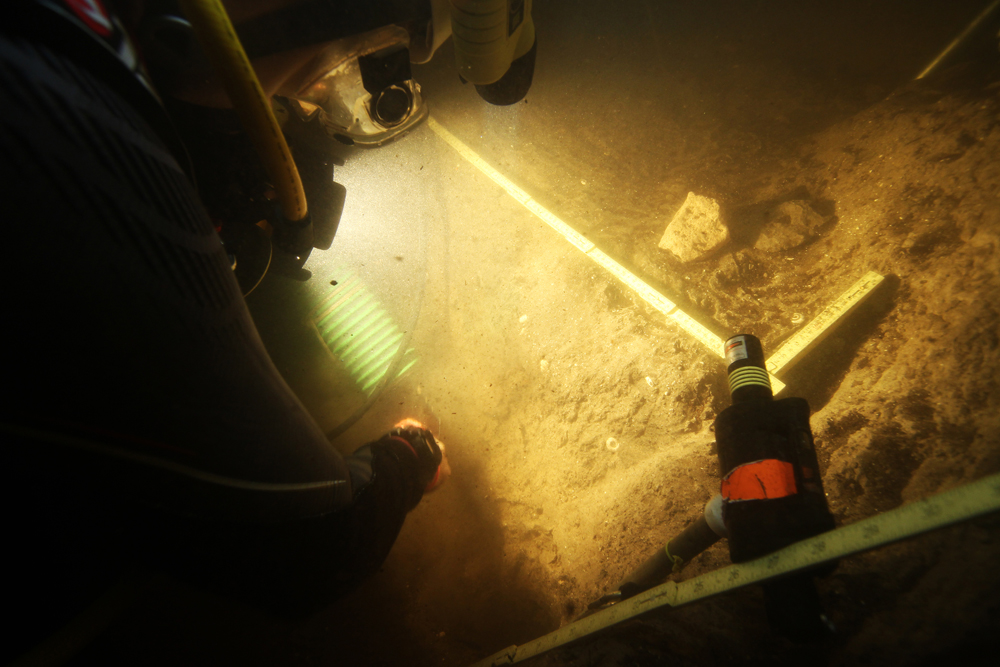
Underwater photo of the excavation at the Page-Ladson site in Florida. A diver digs with a trowel and a hose sucks sediment to the surface, where it is screened.
Assistant Professor Jessi Halligan and fossils
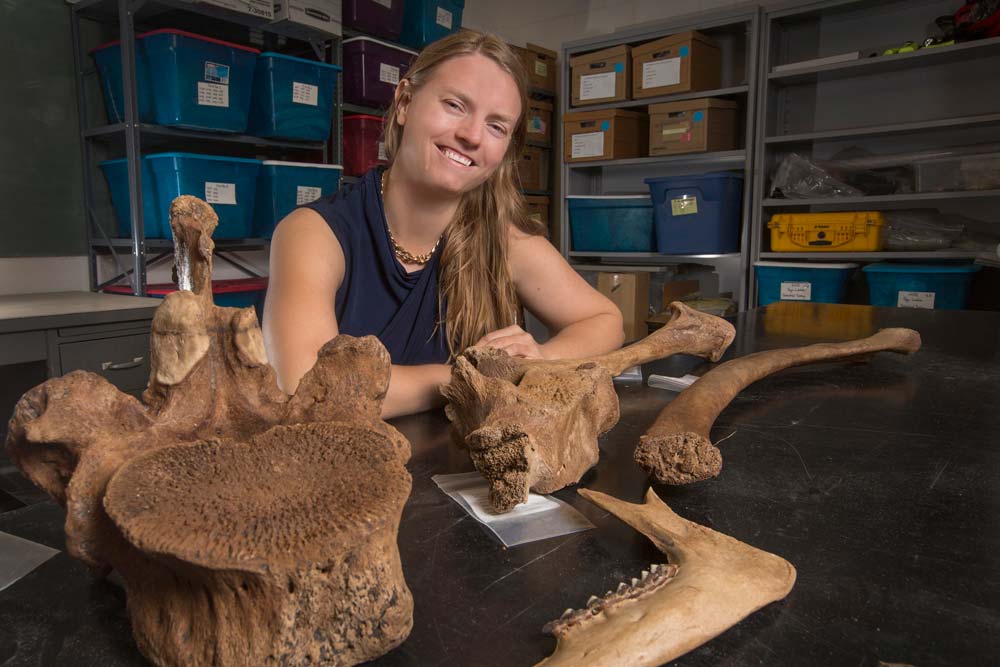
Assistant Professor Jessi Halligan and a research team recovered several bones and stone tools from the Page-Ladson site on the Aucilla River.
Valérie Brosseau prepares to dive
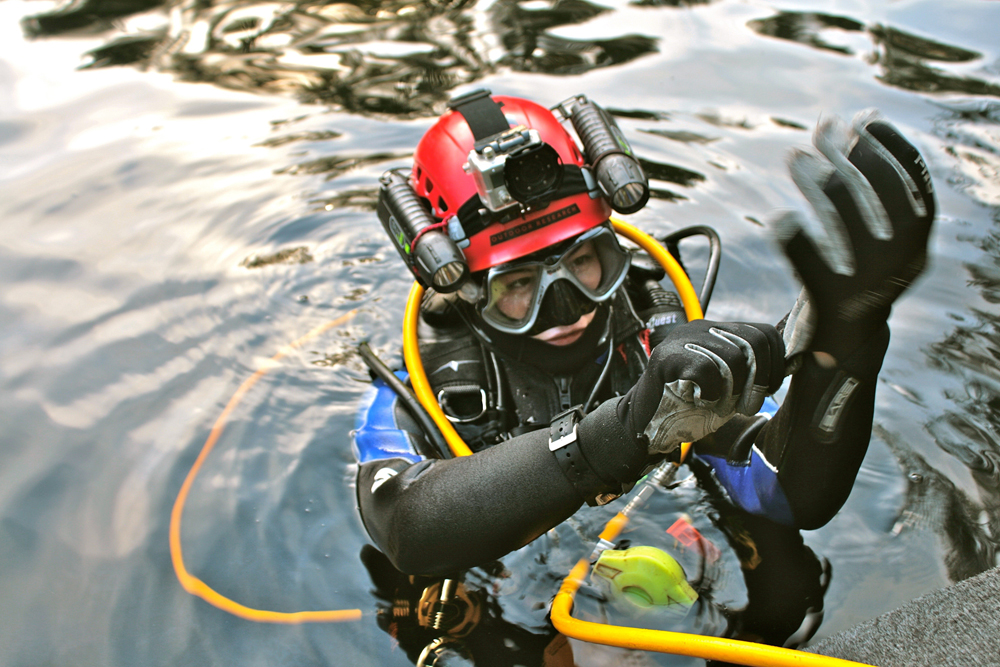
Valérie Brosseau, an anthropologist at the University of Toronto, makes final preparations before her descent.
Investigating fossils

Co-principal investigator Michael R. Waters (right) and CSFA student Morgan Smith (left) examining the biface — a type of prehistoric stone tool — in the field after its discovery.

